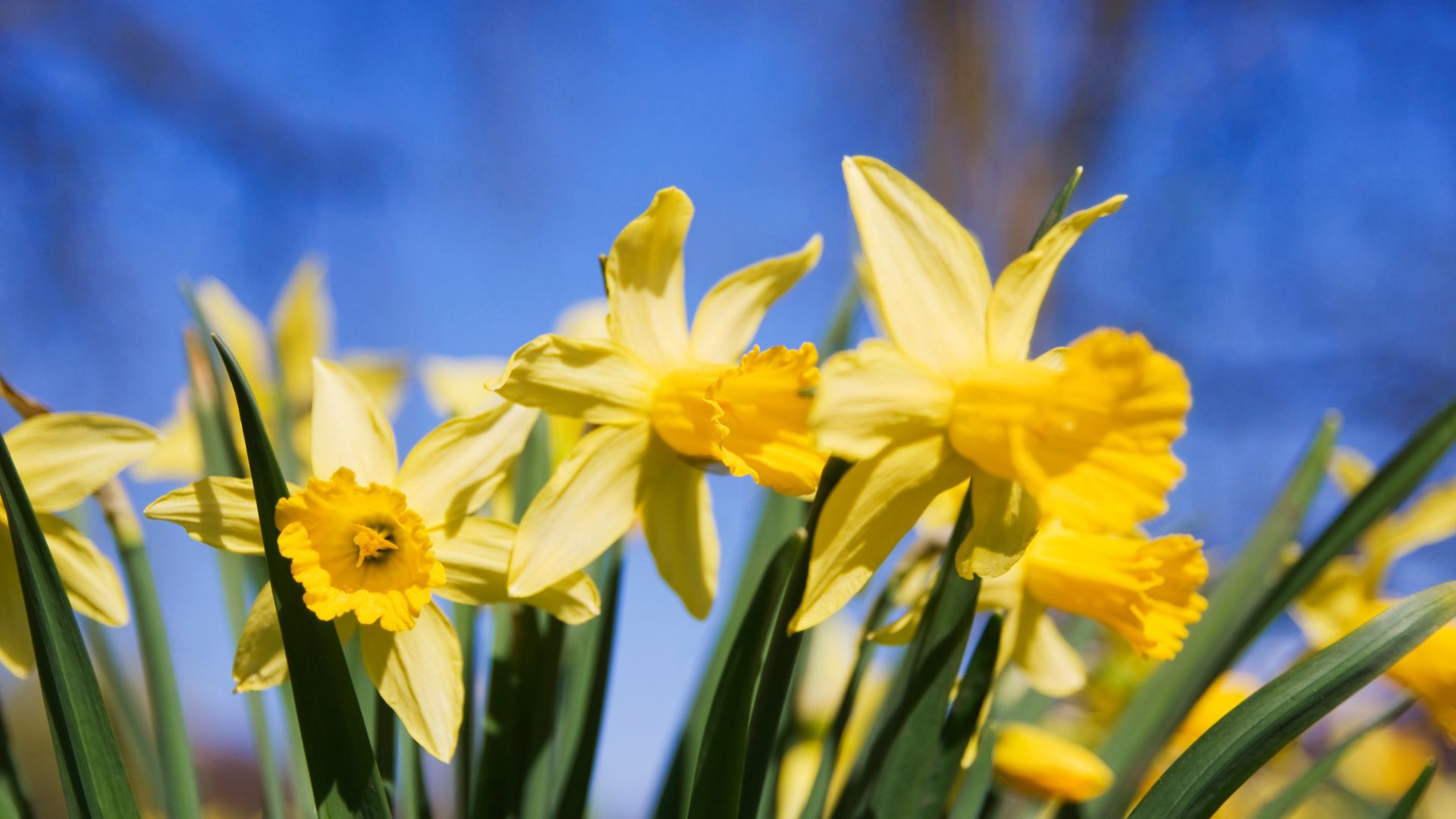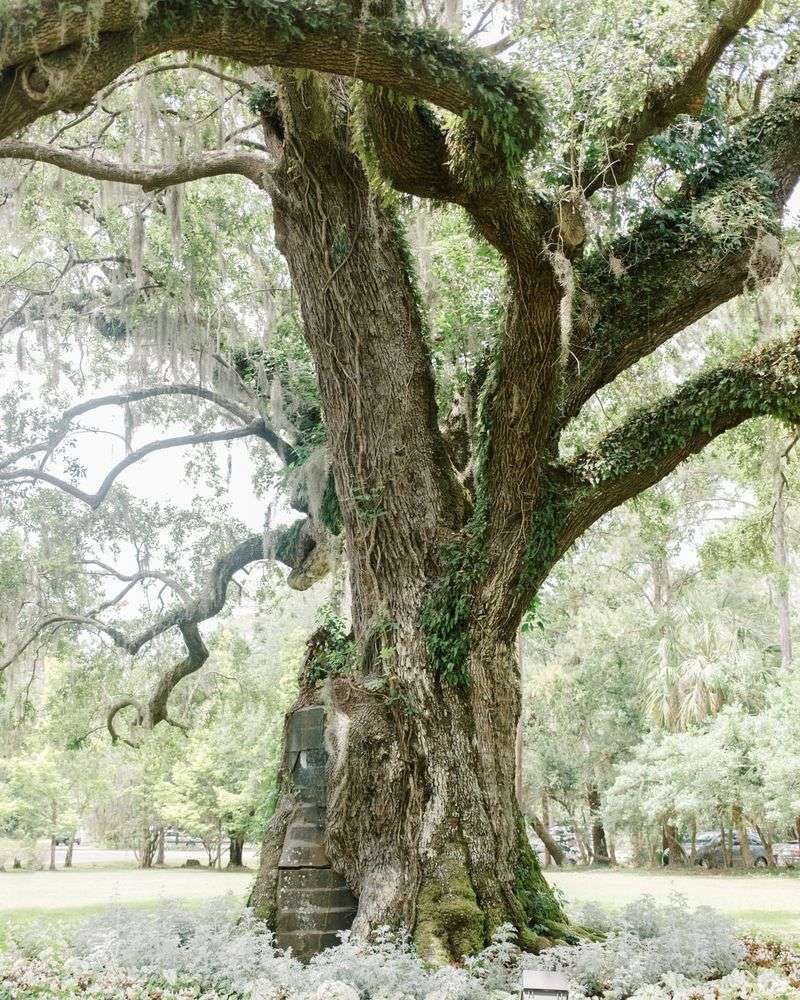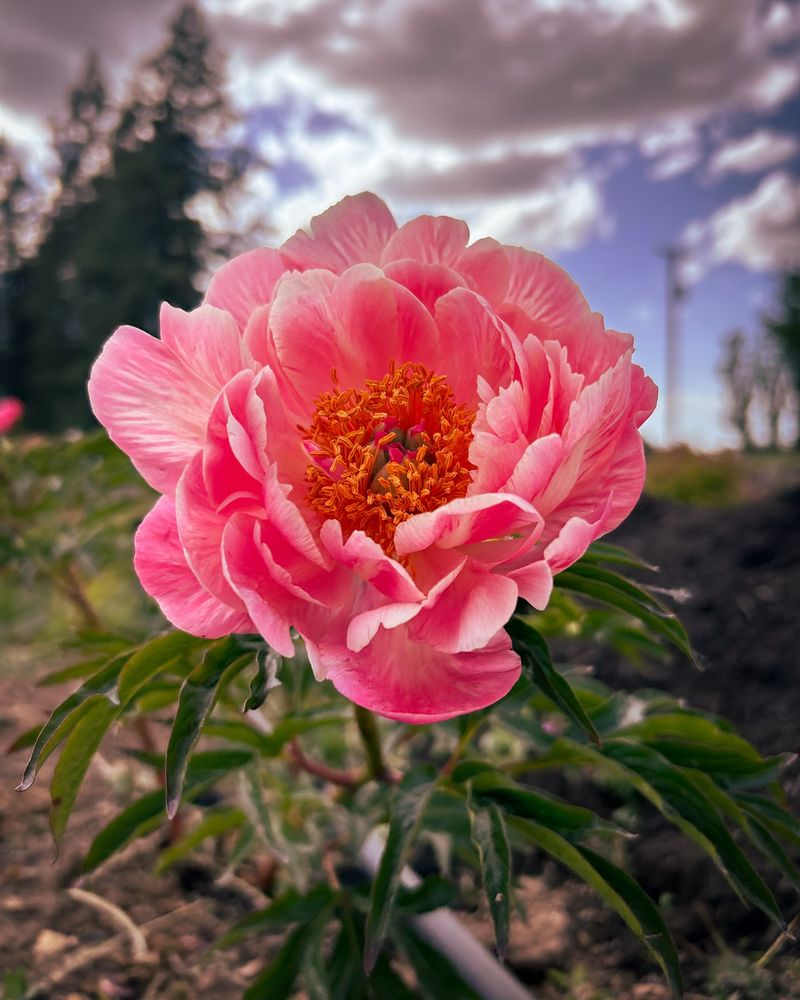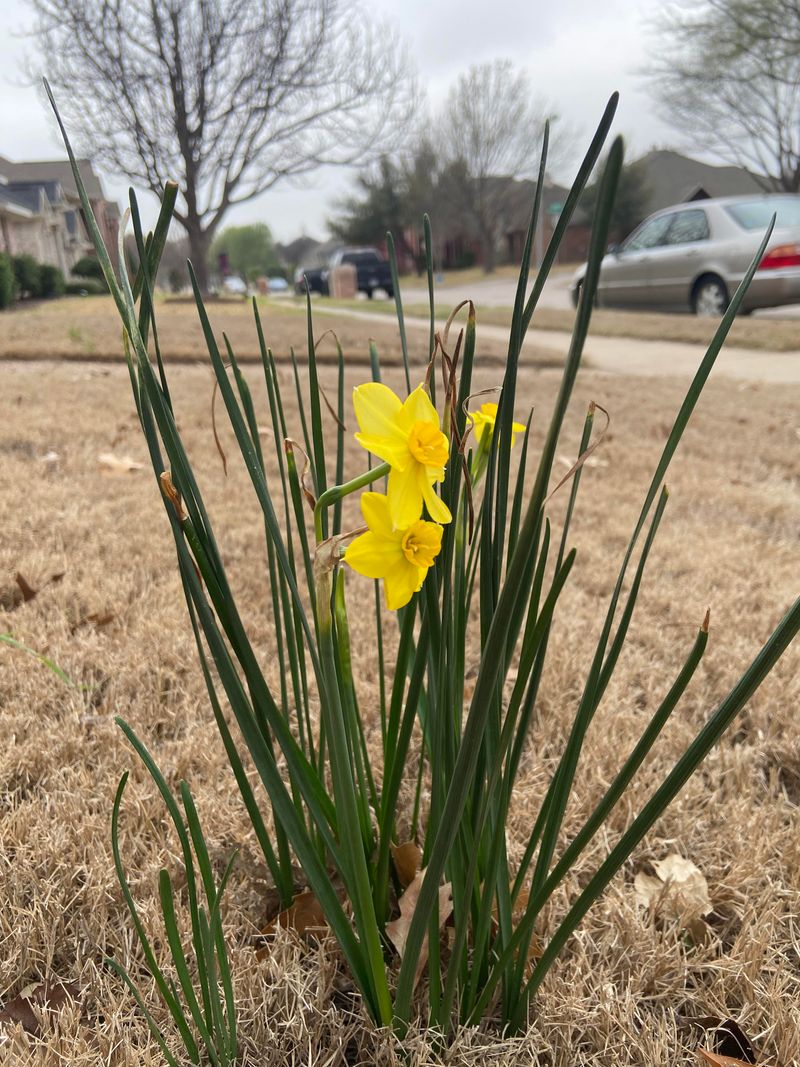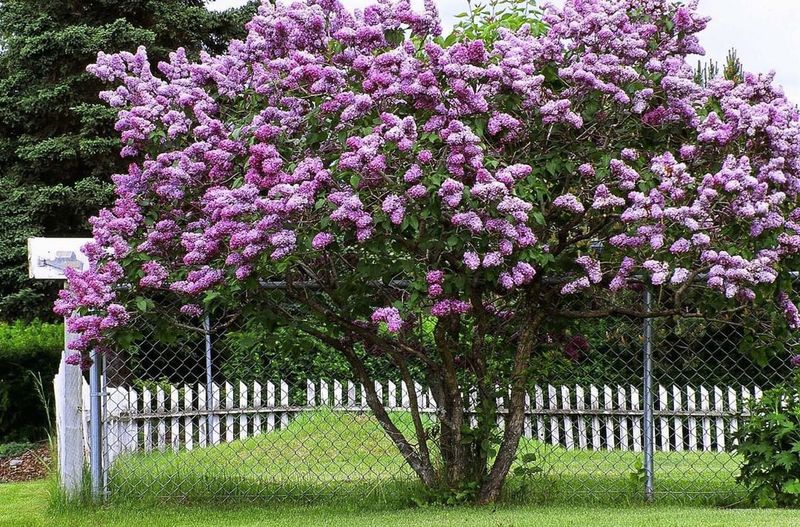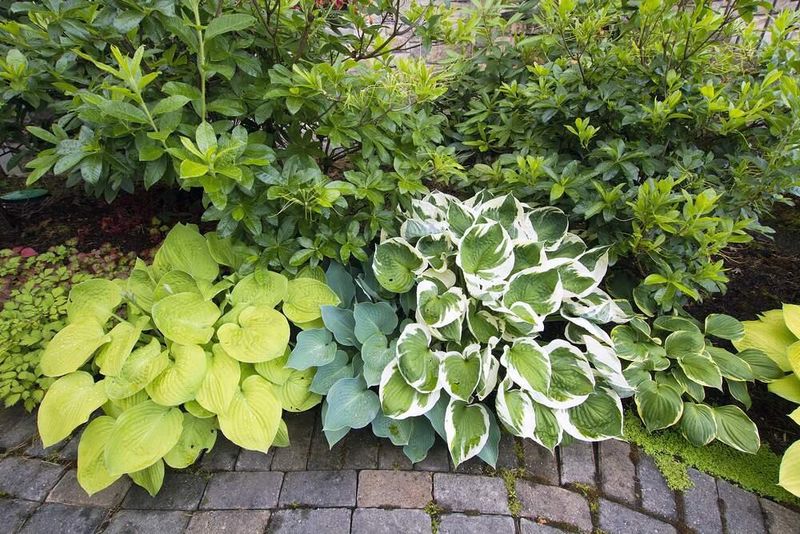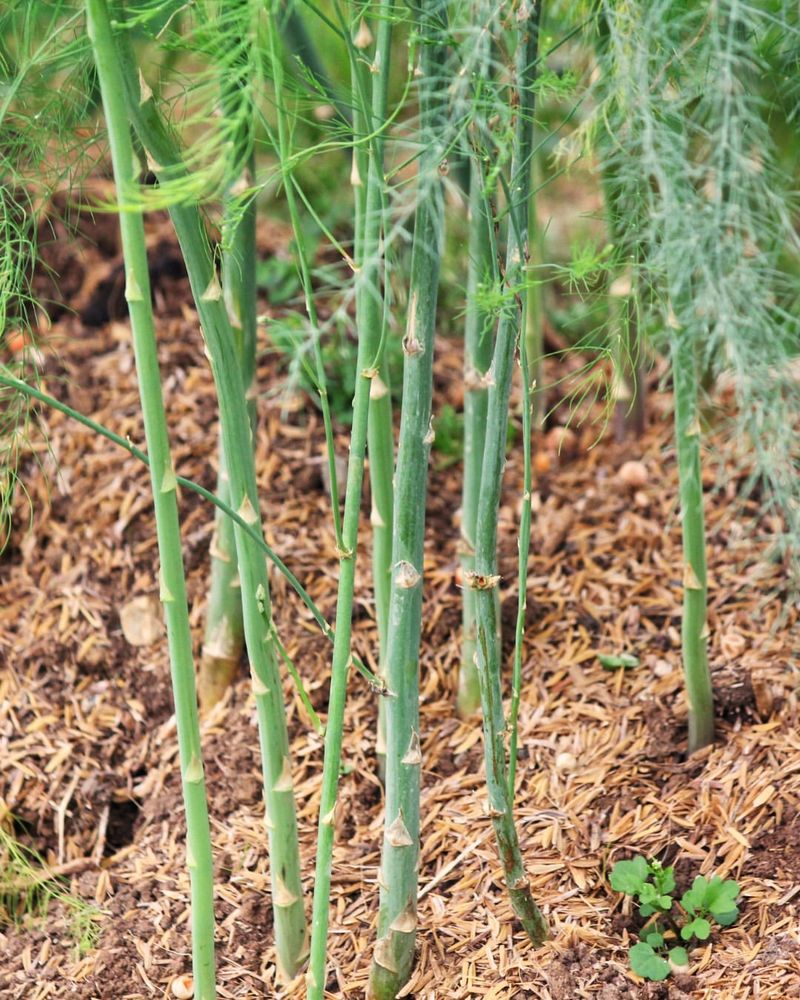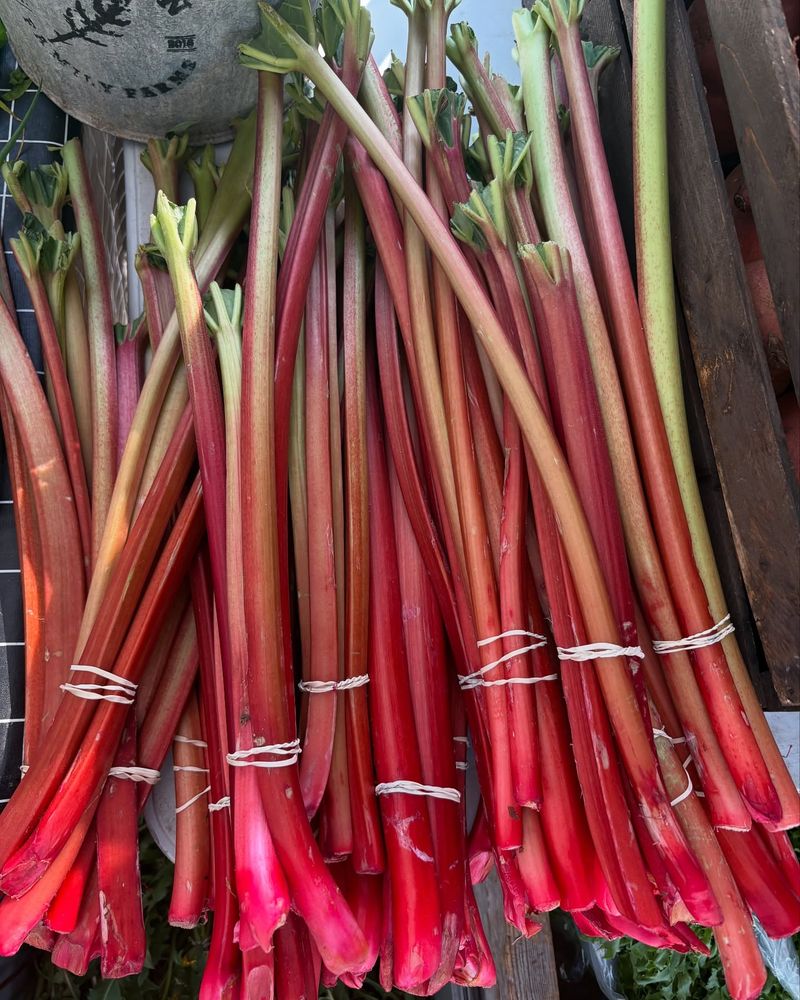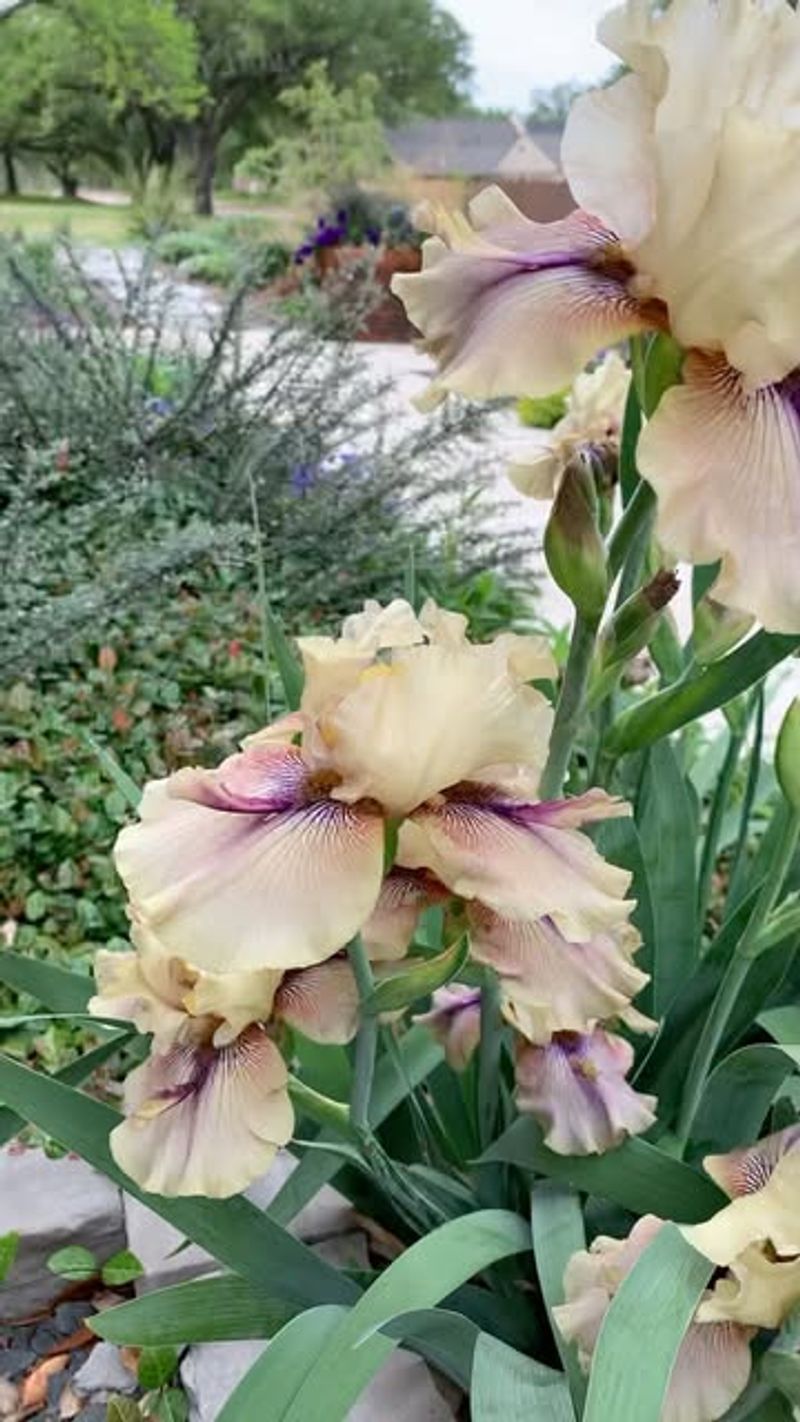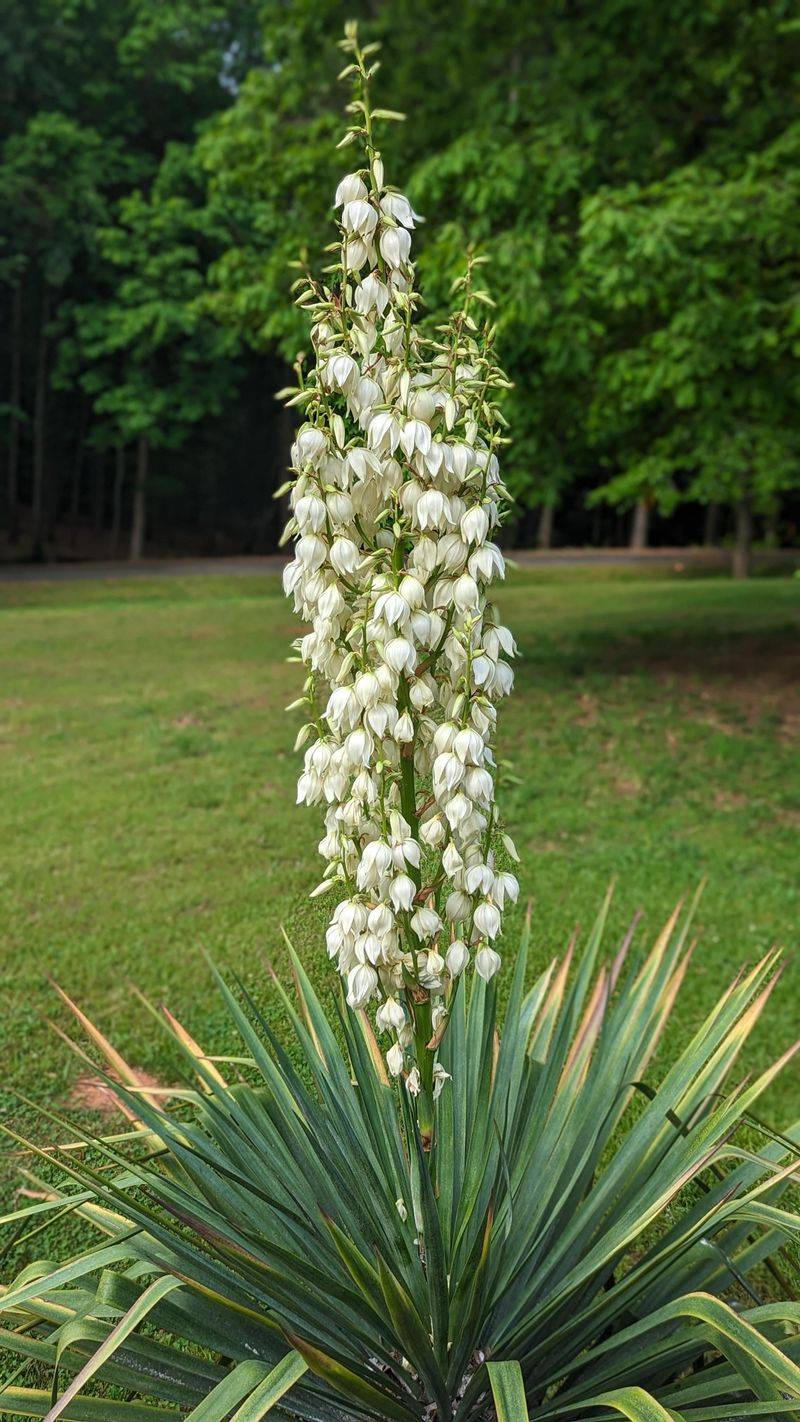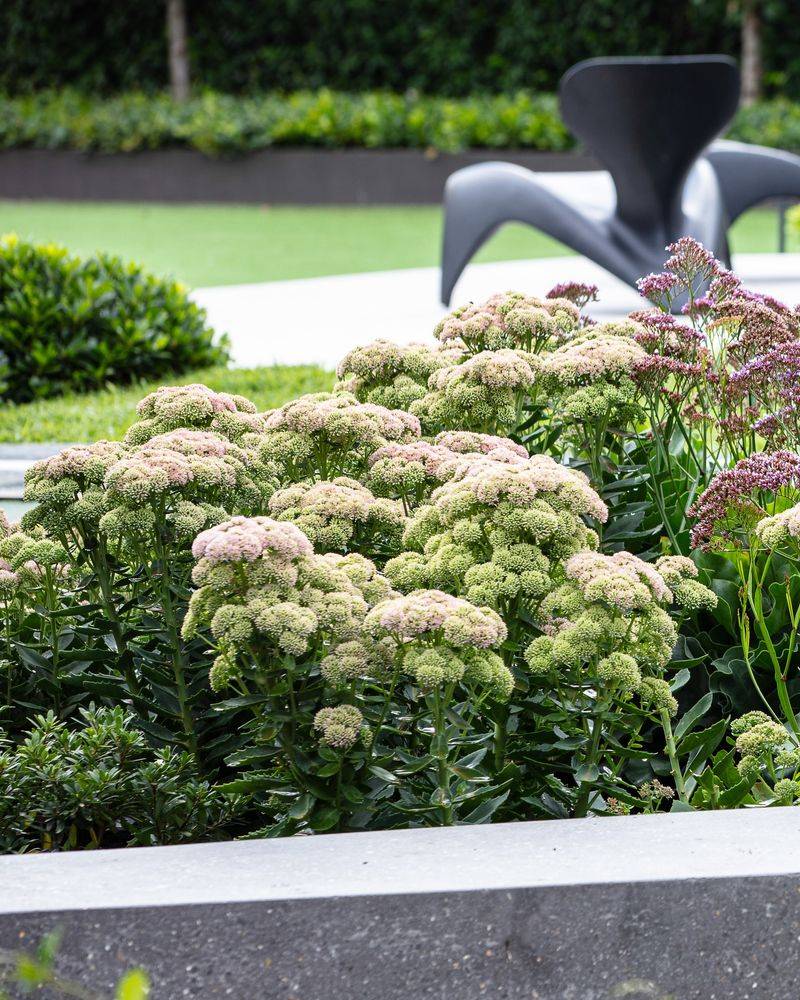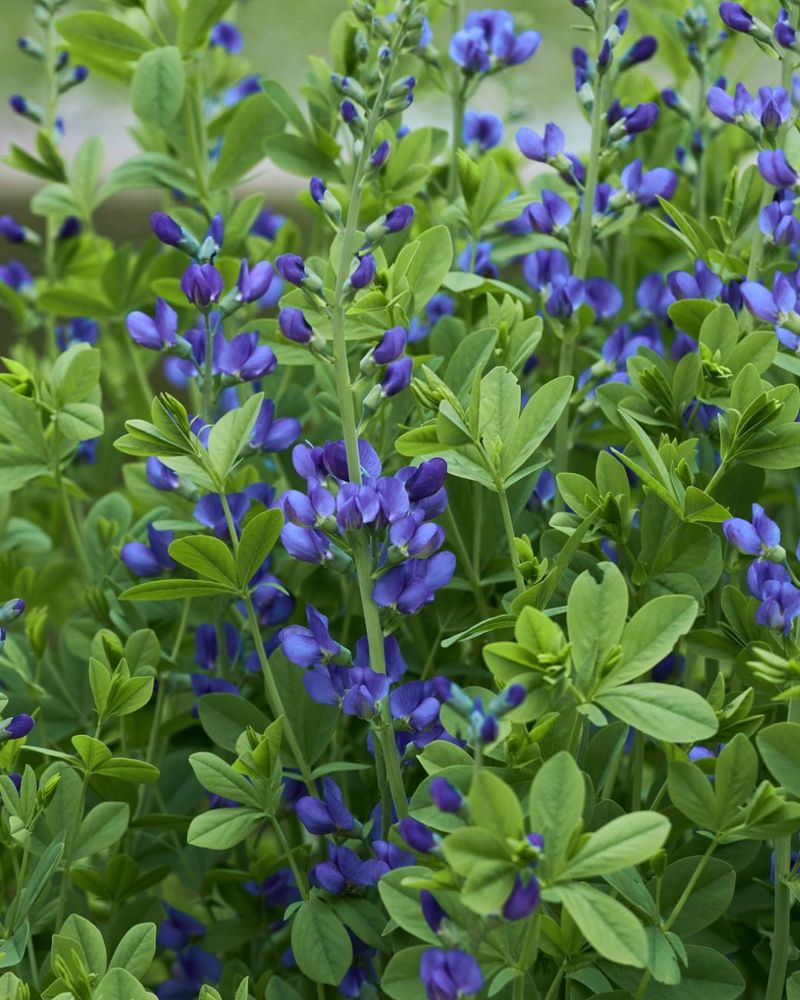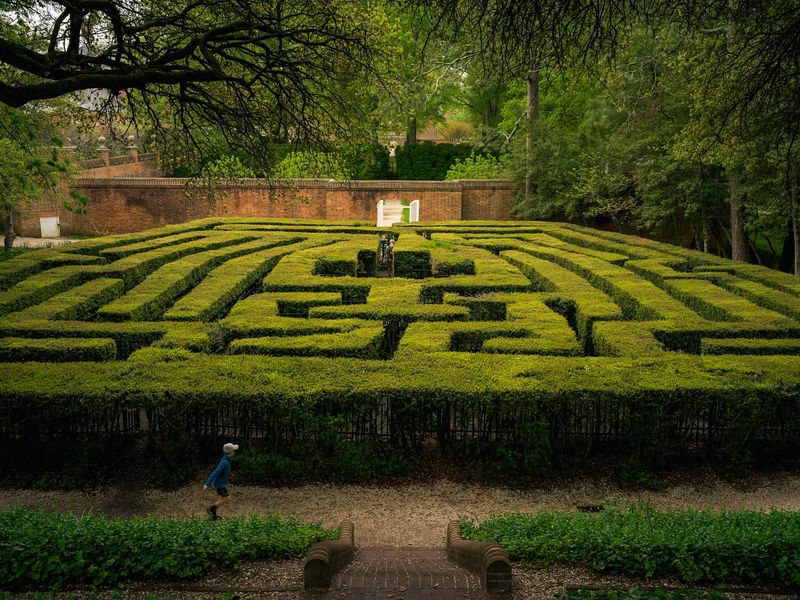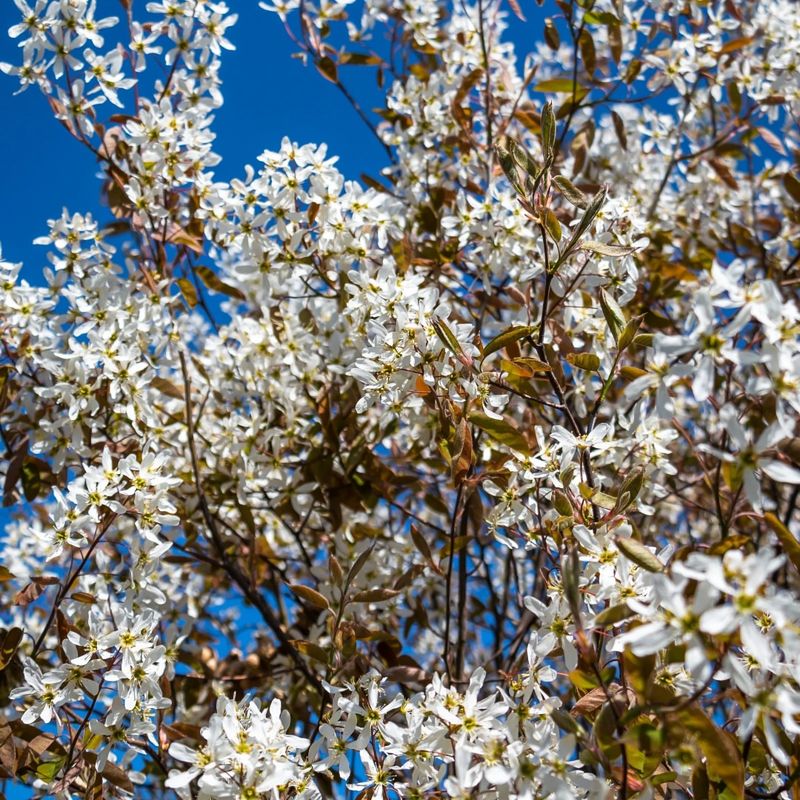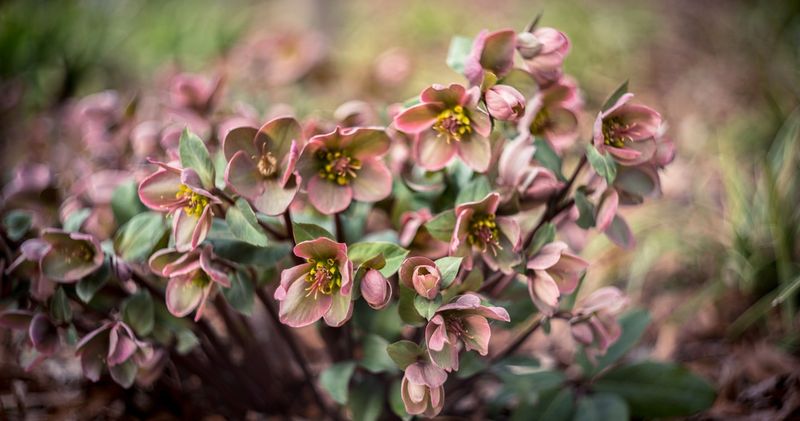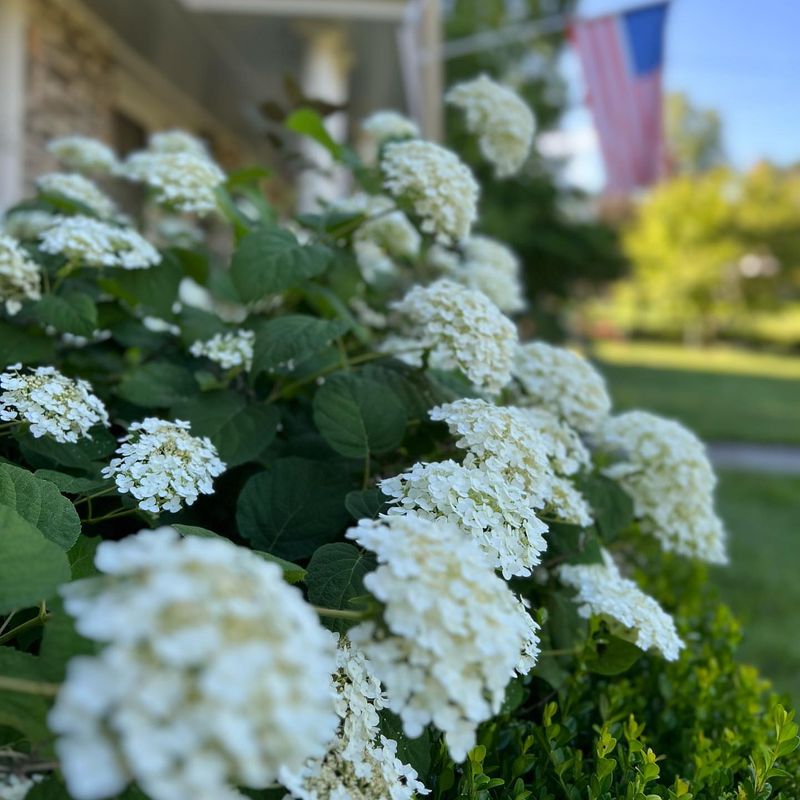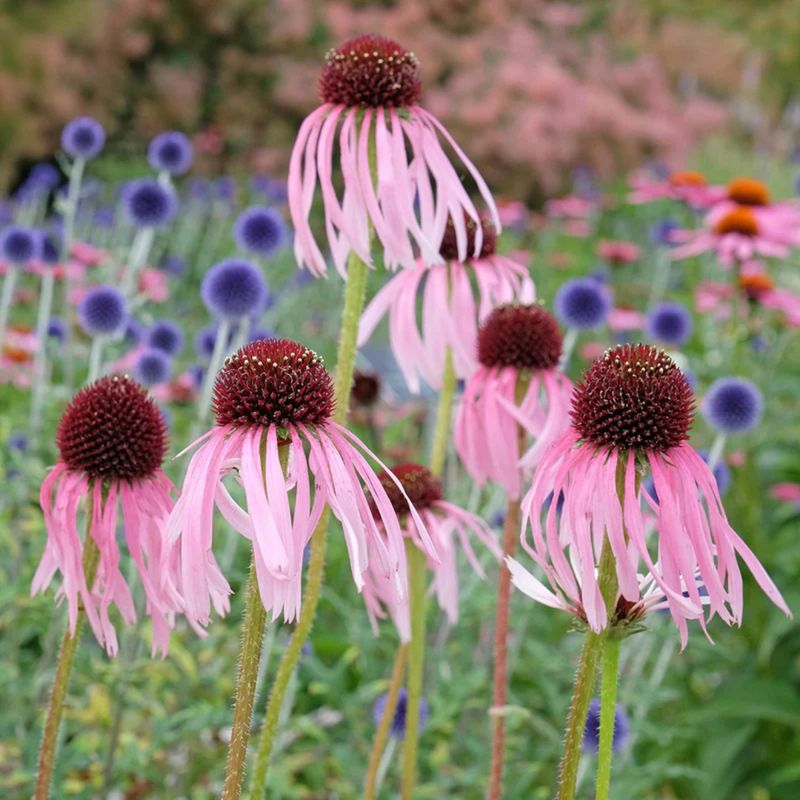Imagine planting something today that grows into a lasting gift for future generations. Garden legacies aren’t about constant upkeep or expert-level skills—they’re about choosing plants that stand the test of time. With the right picks, your efforts today can blossom for decades.
These enduring beauties settle in with ease, thriving year after year with little help. From flowering shrubs to graceful trees, they quietly grow stronger and more stunning over time. You plant once—and nature takes it from there.
It’s a timeless way to leave your mark, connecting past and future through living roots and blooms. So go ahead—create a corner of the world your grandchildren will cherish, long after you’ve put down the shovel.
1. Oak Trees: The Centuries-Old Sentinels
An oak tree planted today might outlive not just you, but your children’s children. Some varieties can survive for 500+ years when given the right conditions.
Once established, these trees need almost no care beyond occasional pruning of dead branches. Their massive root systems seek out water deep underground, making them drought-tolerant after their first few years.
My grandfather planted a white oak when my mother was born. It now towers over the family home, providing shade, habitat for wildlife, and a living connection to him.
2. Peonies: Fragrant Heirlooms
Gardeners often discover peonies blooming in abandoned homesteads, marking where houses once stood. These flowering perennials can live for 100+ years with virtually no care, becoming more productive with age.
Division is rarely necessary, making them truly plant-and-forget flowers. Their lush blooms arrive dependably each spring, filling the air with sweet fragrance and providing gorgeous cut flowers.
The peony plants in my garden came from my great-aunt’s farm, divided just once in 70 years, yet they bloom more profusely each May.
3. Daffodils: Cheerful Spring Messengers
Daffodil bulbs multiply underground for decades, even in poor soil conditions. Each year they return with bright yellow blooms that announce spring’s arrival.
Deer and rodents avoid them due to their toxic bulbs, which means no protective measures needed. They naturalize beautifully in meadows, woodlands, and lawn edges, creating drifts of color that expand yearly.
Old homesteads often reveal their locations through persistent daffodil patches that continue flowering long after buildings have disappeared.
4. Lilac Bushes: Fragrant Time Capsules
Common lilacs routinely survive for 100+ years with zero attention. Their sweet fragrance triggers memories across generations, connecting past and present through scent.
These tough shrubs thrive through harsh winters and summer droughts once established. They need pruning only every few years to maintain shape and can be completely neglected without dying.
Historical sites often feature ancient lilacs marking old property lines or house foundations, their persistent blooms a living connection to former inhabitants.
5. Hostas: Shade Garden Stalwarts
A single hosta plant can thrive for 30+ years, becoming more impressive with each passing season. These shade-lovers form expanding clumps that can be divided to create new plants or left to grow into magnificent specimens.
Their architectural leaves create texture and interest in difficult spots where few other plants succeed. Morning sun and afternoon shade provide ideal conditions, though many varieties adapt to less-than-perfect settings.
During a recent garden tour, I saw hostas that had been planted in the 1950s, now measuring over 4 feet across – living proof of their remarkable staying power.
6. Asparagus: The Perennial Vegetable
A well-established asparagus bed produces spring harvests for 20-30 years with minimal intervention. Unlike most vegetables that need replanting annually, asparagus returns with increasing yields year after year.
The ferny summer foliage adds ornamental value after the spring harvest ends. This dual-purpose plant fits beautifully into edible landscapes, providing both food and visual interest.
The oldest productive asparagus patch I’ve encountered was planted during World War II, still feeding its third generation of family members with tender spring spears.
7. Rhubarb: The Pioneer’s Reliable
Rhubarb plants frequently outlive their original gardeners, producing tart stalks decade after decade. Pioneers planted it as one of their first crops when settling new land, knowing it would provide dependable harvests with minimal attention.
The massive leaves naturally smother weeds, creating a self-maintaining patch. Its deep roots access nutrients and moisture far below the soil surface, making it drought-resistant once established.
Abandoned farmsteads often reveal their former gardens through persistent rhubarb patches that continue producing long after other plants have disappeared.
8. Bearded Iris: Drought-Defying Beauties
Bearded irises form expanding rhizome networks that can persist for generations. These tough plants actually prefer poor soil and neglect, blooming more prolifically when not overfed or overwatered.
Their sword-like foliage provides year-round structure in the garden. Every few years, dividing overcrowded clumps rejuvenates them, but even without this attention, they continue flowering faithfully.
Gardens from the Victorian era often still showcase the original iris plantings, their genetics unchanged through decades of division and sharing among neighbors and family members.
9. Yucca: Architectural Desert Sentinels
Yucca plants can live for decades or even centuries in the right conditions. Their dramatic sword-shaped leaves create bold architectural statements in the landscape throughout the year.
Once established, these plants require zero supplemental water in most climates. Their deep taproots access moisture far below the surface, making them completely self-sufficient through droughts and neglect.
Native American settlements can often be identified by persistent yucca plantings that have survived hundreds of years after being cultivated for their useful fibers and edible flowers.
10. Sedum ‘Autumn Joy’: Fall’s Faithful
This succulent perennial forms expanding clumps that remain attractive for decades without division. The fleshy leaves store water, allowing the plant to sail through dry periods without supplemental irrigation.
Summer brings broccoli-like flower heads that gradually transform from green to pink to rusty red. Even in winter, the dried flower heads add interest to the garden and provide food for birds.
A patch planted by my mother thirty years ago continues to thrive, despite receiving no special attention beyond occasional debris removal in spring.
11. Baptisia: The False Indigo
Baptisia develops a massive root system that allows it to thrive for decades without division or special care. Its deep taproot makes it extremely drought-tolerant once established, requiring no supplemental water even during dry summers.
Spring brings lupine-like flower spikes in blue, yellow, or white, followed by interesting seed pods that rattle in fall breezes. The blue-green foliage remains attractive all season, forming a shrub-like clump that needs no staking.
Native plant gardens from the early conservation movement often feature original baptisia specimens, now approaching 50 years old.
12. Boxwood: Living Architecture
Boxwood shrubs routinely live for 100+ years, creating defined garden spaces that span generations. These evergreens maintain their structure year-round, providing winter interest when deciduous plants are dormant.
Formal gardens from the 18th and 19th centuries still showcase their original boxwood hedges and specimens. While they benefit from occasional shaping, they maintain their basic form even when neglected for years.
The oldest boxwoods in North America, planted at colonial Williamsburg, have witnessed nearly 300 years of history while maintaining their essential character.
13. Serviceberry: Four-Season Wonder
Serviceberry trees combine edible berries with four-season ornamental appeal, all in a package that can live 50+ years. Their white spring flowers appear early, providing crucial nectar for pollinators before many other plants bloom.
Summer brings sweet berries that humans and birds equally enjoy. Fall foliage turns brilliant orange-red, while winter reveals attractive silver-gray bark with subtle striping.
Native Americans planted these trees near seasonal camps, returning year after year to harvest the nutritious fruits – some of these ancient groves still produce berries today.
14. Hellebores: Winter’s Quiet Heroes
Hellebores bloom in late winter when the garden offers little else, their nodding flowers lasting for months. Once planted, these woodland perennials can live for 20+ years with absolutely no maintenance.
Their leathery, evergreen foliage stays attractive year-round, naturally suppressing weeds beneath them. They self-seed gently, creating new plants that expand their presence without becoming invasive.
Even during the harshest winters, hellebores remain unfazed, often blooming while snow still covers the ground – a true testament to their remarkable toughness.
15. Hydrangea ‘Annabelle’: The Indestructible Bloomer
Annabelle hydrangeas produce enormous white flower heads regardless of soil pH, weather conditions, or pruning mistakes. These native shrubs can be cut to the ground every year and still bounce back with abundant blooms.
Unlike fussier hydrangea varieties, Annabelle thrives in cold climates down to zone 3 without special protection. The dried flower heads provide winter interest and can be harvested for indoor arrangements.
Historic homesteads throughout the eastern United States still feature Annabelle hydrangeas that have persisted through decades of neglect, their massive summer blooms marking old garden boundaries.
16. Coneflowers: Prairie Survivors
Purple coneflowers evolved to withstand the harsh conditions of North American prairies, making them virtually indestructible in garden settings. Their taproot system accesses deep moisture, allowing them to thrive during droughts that kill lesser plants.
Seed heads remain standing through winter, feeding birds and adding structural interest to the dormant garden. These native perennials spread slowly through both roots and seeds, creating expanding colonies over decades.
Restoration ecologists have documented coneflower patches persisting for 50+ years in abandoned farmland returning to prairie.

